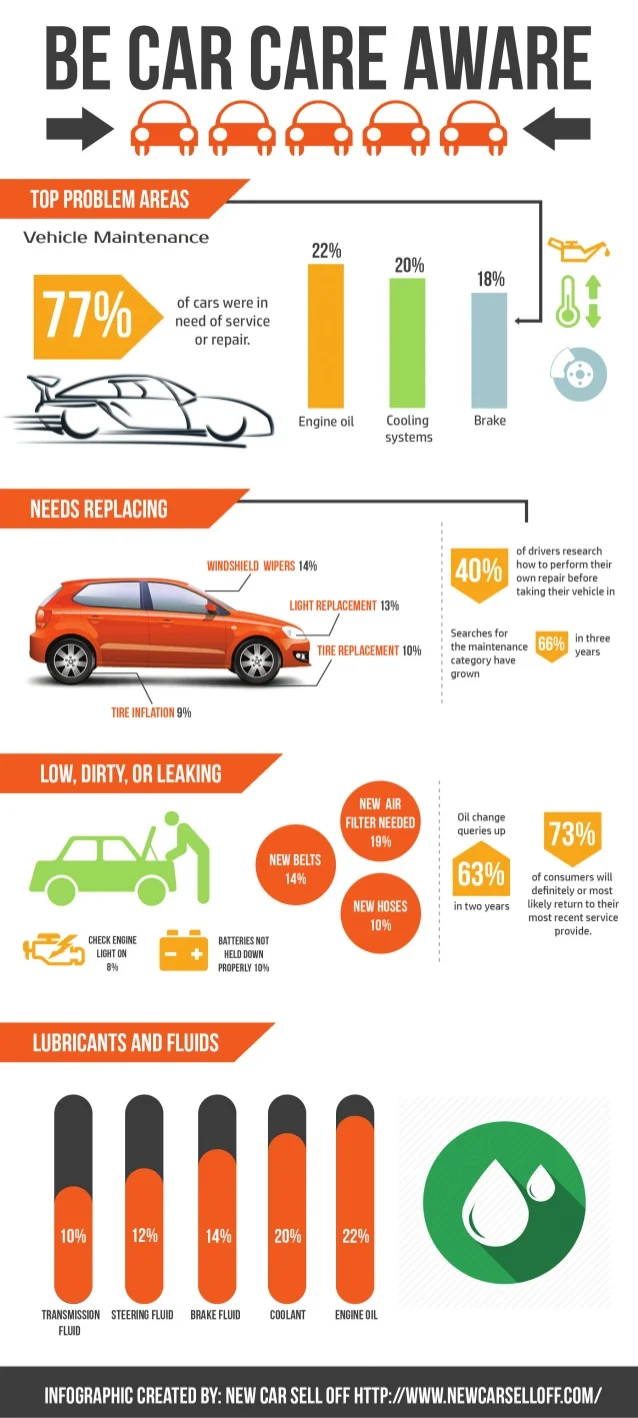Understanding The Value Of Your Automobile'S Warning Signals: What They Really Stand For
Understanding The Value Of Your Automobile'S Warning Signals: What They Really Stand For
Blog Article
Team Author-Vinson Forbes
When you're behind the wheel, those beautiful caution lights on your dashboard can be a little bit puzzling. Do you understand what they're attempting to inform you about your vehicle's health and wellness? Comprehending the relevance of these lights is vital for your security and the longevity of your vehicle. So, the next time among those lights pops up, would not you wish to decode its message accurately and take the essential actions to address it?
Common Caution Lights and Interpretations
Recognize common caution lights in your cars and truck and understand their definitions to ensure secure driving.
One of the most normal warning lights include the check engine light, which indicates problems with the engine or emissions system. If this light comes on, it's important to have your automobile inspected immediately.
The oil stress cautioning light shows reduced oil pressure, calling for immediate interest to avoid engine damages.
A flashing battery light may suggest a faulty billing system, possibly leaving you stranded if not resolved.
The tire pressure surveillance system (TPMS) light informs you to reduced tire stress, influencing automobile stability and fuel efficiency. Overlooking this can lead to risky driving conditions.
The ABS light shows an issue with the anti-lock braking system, jeopardizing your capacity to stop quickly in emergencies.
Lastly, the coolant temperature alerting light warns of engine overheating, which can result in serious damage if not fixed promptly.
Recognizing these typical caution lights will assist you resolve problems promptly and maintain risk-free driving conditions.
Value of Prompt Interest
Recognizing the common caution lights in your auto is only the initial step; the value of immediately addressing these warnings can't be highlighted enough to ensure your safety and security when traveling.
When a warning light illuminates on your control panel, it's your auto's means of communicating a possible concern that needs attention. Overlooking car detailing shops can bring about more severe issues in the future, jeopardizing your safety and security and potentially costing you extra out of commission.
Motivate interest to cautioning lights can avoid malfunctions and mishaps. For instance, a flashing check engine light can indicate a misfire that, if left neglected, might cause damage to the catalytic converter. Addressing this promptly can save you from a pricey repair.
Likewise, https://www.autoserviceworld.com/hamilton-discount-auto-parts-celebrates-20-years/ advising light may signify low brake liquid or used brake pads, crucial parts for your safety and security when driving.
DIY Troubleshooting Tips
If you observe a warning light on your dashboard, there are a few DIY repairing pointers you can attempt prior to seeking professional assistance.
car professional cleaning is to consult your vehicle's guidebook to understand what the specific warning light suggests. In some cases the issue can be as easy as a loosened gas cap triggering the check engine light. Tightening the gas cap may deal with the trouble.
An additional usual issue is a reduced battery, which can activate numerous advising lights. Checking the battery connections for rust and guaranteeing they're safe and secure may fix the trouble.
If a caution light continues, you can try resetting it by disconnecting the cars and truck's battery for a few minutes and after that reconnecting it. In addition, checking your automobile's fluid levels, such as oil, coolant, and brake liquid, can aid troubleshoot cautioning lights associated with these systems.
interior cleaning , recognizing your automobile's warning lights is necessary for maintaining your lorry running smoothly and securely. By immediately resolving these signals and knowing what they imply, you can avoid expensive repair work and potential breakdowns.
Remember to consult your vehicle's manual for specific information on each cautioning light and take action as necessary to ensure a trouble-free driving experience.
Remain educated, remain risk-free on the road!
